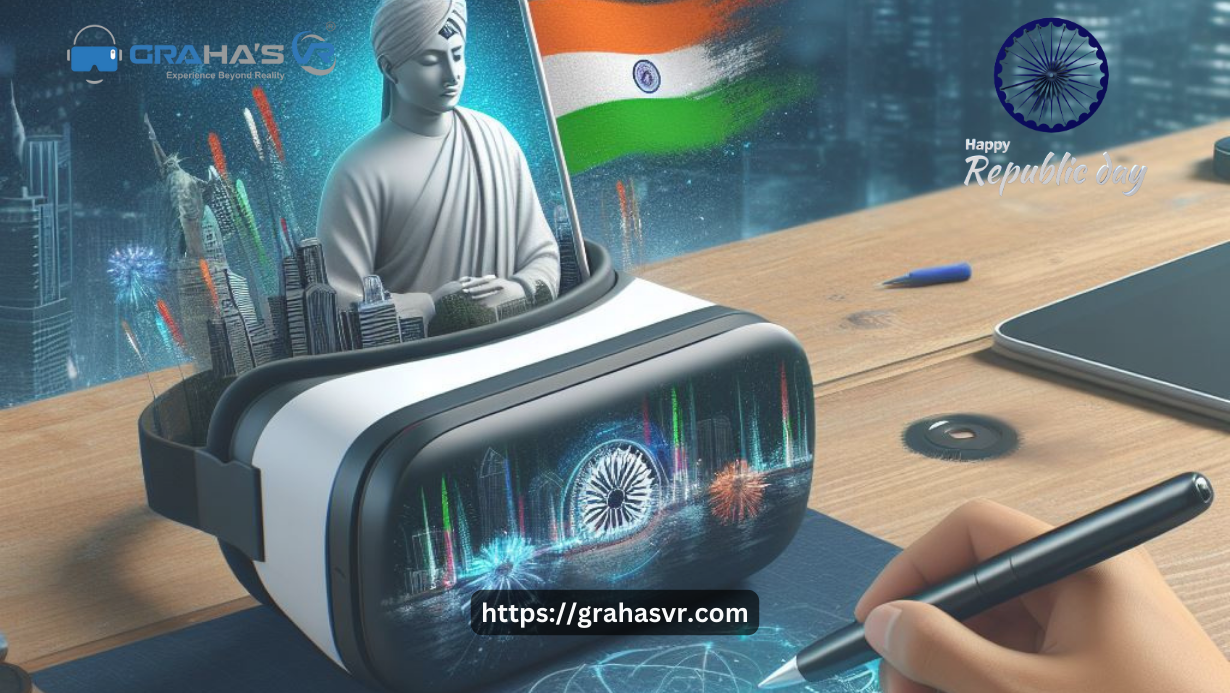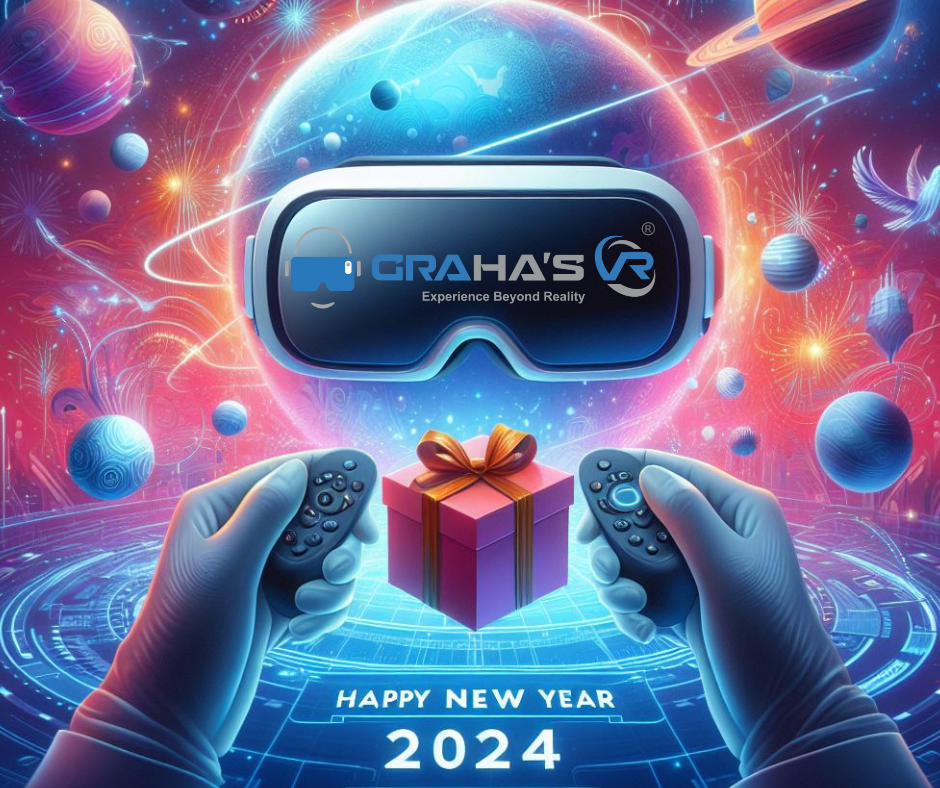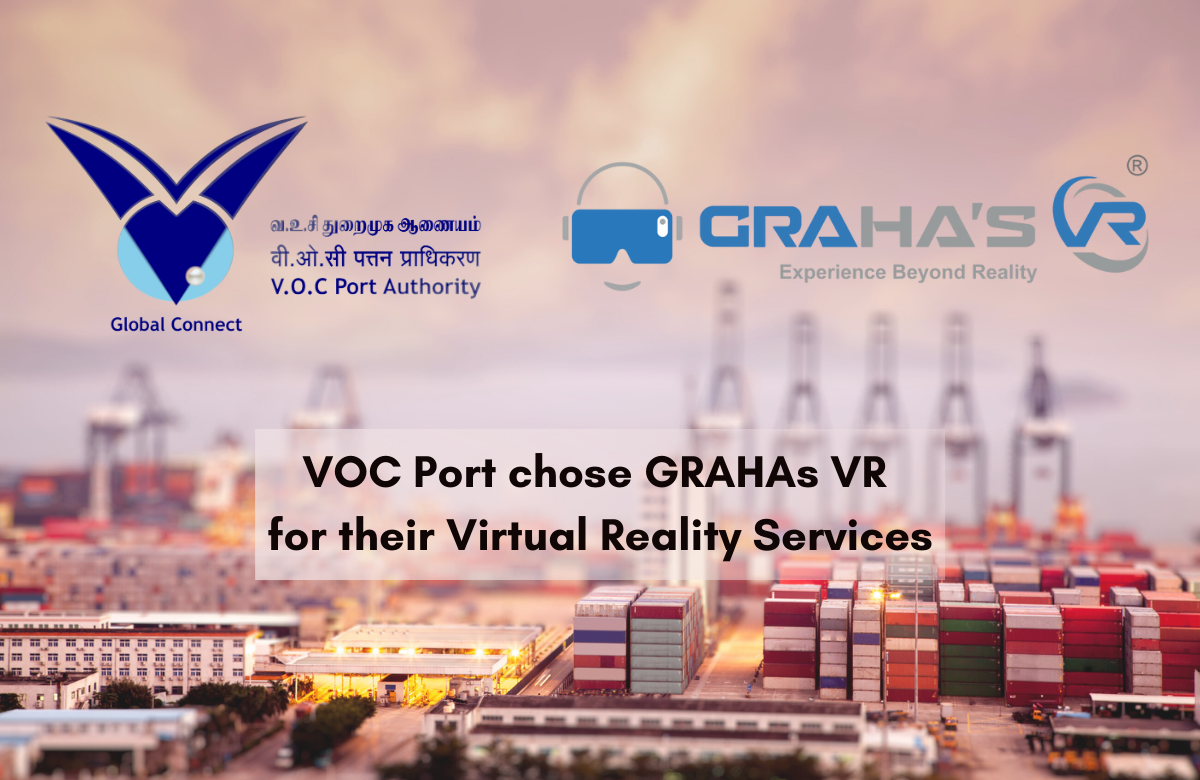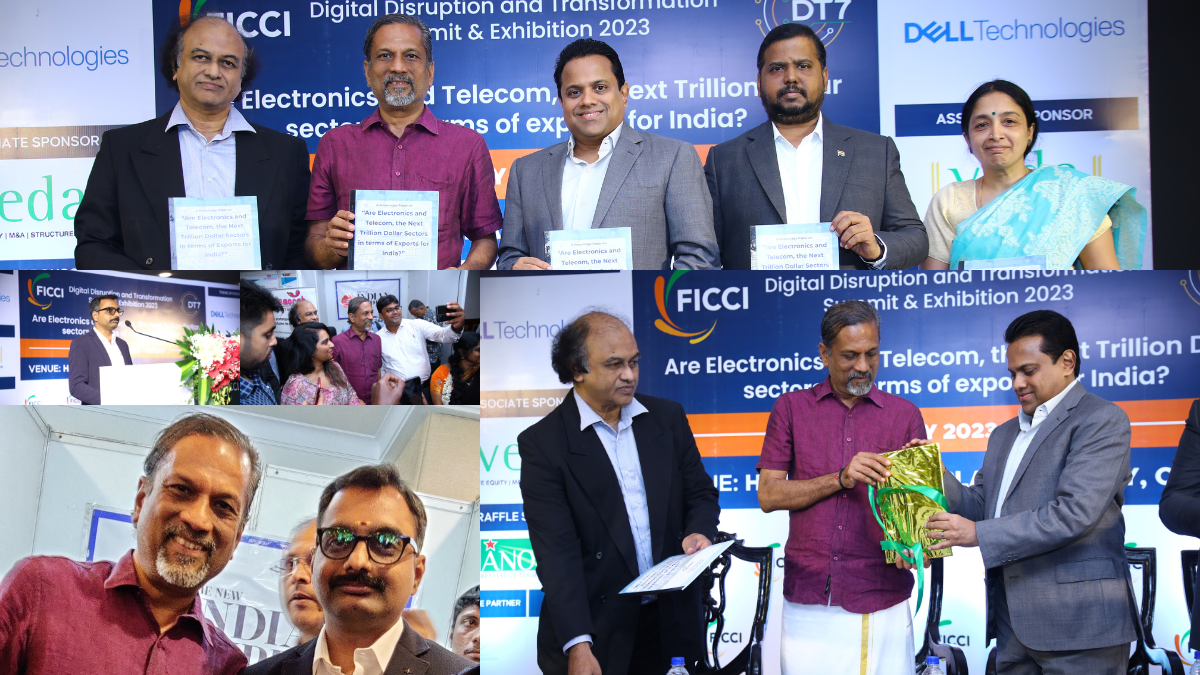GRAHA's VR - A Square Comp Brand.
No.42, Avadi-Vel Tech Road, Chennai, Tamil Nadu 600062, Vel Tech TBI.
Chennai, Tamil Nadu, India
How realistic can Virtual Reality become?
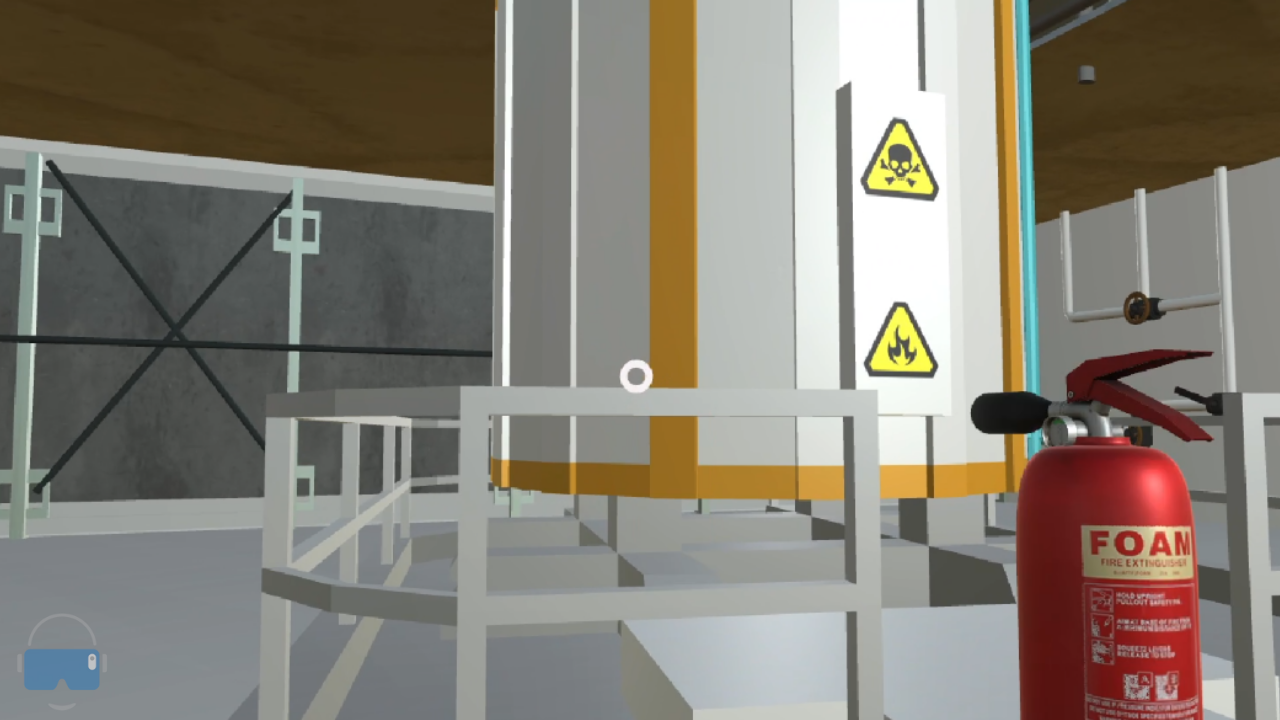
Photorealism is a standard; the Virtual Reality Industry and the tech community at large are trying hard to deliver in VR Content output. Ranging from Games to CGI in Movies, photorealistic output is the north star most of the content creators strive towards. Not just the tech industry, even in arts and illustration photorealism has always been considered to be one of the greatest forms of craftmanship.
Virtual Reality and Gaming have been predominantly dealing with artificially recreated simulated characters so far. There is a constant push in the tech community to bring photorealistic characters in the simulated world. We have seen several technologies used in the movie industry globally ranging from Motion Capture, CGI and 3D graphics etc. These are some of the technologies responsible for giving us a near perfect graphical output, wherein often we find it hard to distinguish between a real character and graphical character.
Recreating artificial characters and giving them life with realism and then capturing them on a camera or projecting them through a digital display requires a certain degree of technological advancement. But recreating programmable characters with a realistic view that can perform, interact and be operated on different devices while, maintaining the same standards of output requires technological breakthroughs in different aspects of development. With respect to movies, there are no human intervention or user interaction with the delivered content. The user just bears witness to whatever they view on the screen. Whereas with a programmable content in VR or Games, it involves user interaction and intervention to the highest degree which makes it more complex in terms of development and technological requirement. This process gets more complex and technical in Virtual Reality, than games as there are several other factors like the end device specifications and the various optical factors that have to be considered in VR Development.
Nevertheless, there are advancements and several breakthroughs that are being achieved each and every day by different people and companies involved. We are seeing the collaboration of various different corporations and startups alike, that are paving the way for a photorealistic future. There was research conducted on photorealism in VR and it was found that photorealism changes the perception of the users, and it is important in having expressive humans in virtual reality. When we are headed unto a future Metaverse, where majority of our activities are going to be carried out in the digital world, it's important to have expressive Human Beings who can emote and resonate well with others.
This might sound a bit oxymoronic coming from someone who is working extensively in VR, but we have to accept and realize one fact. We can't spend a day or even several hours a day, if you just have artificially simulated avatars all around you that can't emote or express. The current impediments of the available technology might stop us from creating an expressive and emotive digital being in the virtual world today. But in a photorealistic future where we have the actual caricatures of people responding and reacting in a virtual world will be a key progress, that can make the technology and platform more engaging and expressive.
An article by PCGAMES in 2017 predicted that Photorealistic VR is 20 years away. That might be a prediction based on the stature of the industry back then. We have come a long way in the past 5 years. There has been significant increase in both advancements in the technology as well as adoption by the Industries for VR. There has been a huge spike and uptick in terms of implementation and adoption of various different practices with VR post covid. All the different stakeholders have been exposed to VR due to remote operations which has opened up plethora of opportunities and use cases VR can solve for different industries. Maybe if we do an analysis in predicting the future of Photorealistic VR today, we could be well there within the next few years.
Given the rate at which the industry is progressing post Metaverse, we could well be experiencing Photorealistic VR by 2025.
The cover image above is a snapshot from a safety training that we developed recently. This content is developed for Smartphone VR, which is usually considered infancy in the Virtual Reality's pyramid of evolution. There is a huge fallacy on the potential of Smartphone VR. The kind of technical prowess the latest generation smartphones have under their hood is no less than the leading standalone Virtual Reality devices. The only challenge is the uniformity of these devices across different users. Smartphone VR can still provide a greater content and photorealism isn't out of reach for them.
As Virtual Reality is becoming mainstream, there are several different arms of technology that are able to complement VR and collaborate with different stake holders and bring about major break throughs in development. As there are developments in both hardware and software, there will be greater streams in content output and a large influx of photorealistic content.
It may not be farfetched to say that within the next 5 - 7 years, we may be in a position wherein we find it hard to distinguish between photorealistic content and an actual photograph. Just like how we have challenge identifying the deep fakes today.

